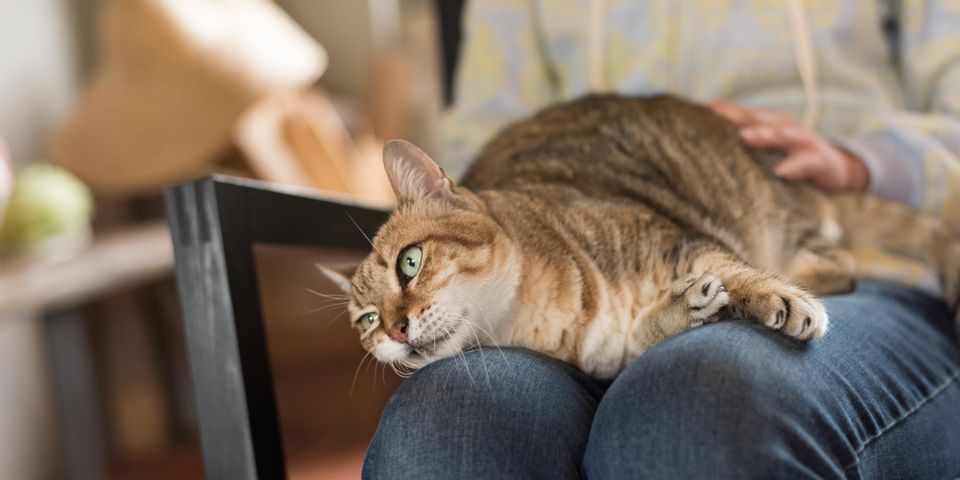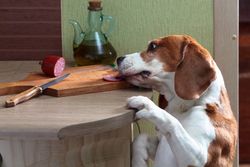
When it comes to pet care, weight gain is a common threat. In 2018, 60% of cats and 56% of dogs qualified as overweight or obese. If you’re worried about your furry friend’s weight, here’s what you should know about pet obesity.
Is Your Cat or Dog Obese?
Only a veterinarian can provide a definitive diagnosis of obesity by comparing your pet’s weight to the ideal weight for its breed. However, pet owners can detect signs of obesity with a visual examination. First, lightly run your fingers along the sides of your pet’s body. If you can’t easily feel and count the animal’s ribs, they’re probably overweight. The same is true if you can’t see an indentation near the midsection—or hourglass shape—when viewing your pet from above. Lastly, while animals at healthy weights show upward slopes of their stomachs when viewed from the side, an overweight or obese animal will have a low-hanging abdomen that drags near the ground.
What Causes Pet Obesity?
 Usually, pets become obese because they eat more calories than they expend through exercise. Obesity is more common in older pets, as arthritis and other age-related conditions can reduce the ability to exercise. However, pets of any age may become obese if they eat too many high-calorie foods, treats, and table scraps or if they get inadequate exercise. Pet obesity can also be caused by diseases like hypothyroidism, insulinoma, and hyperadrenocorticism.
Usually, pets become obese because they eat more calories than they expend through exercise. Obesity is more common in older pets, as arthritis and other age-related conditions can reduce the ability to exercise. However, pets of any age may become obese if they eat too many high-calorie foods, treats, and table scraps or if they get inadequate exercise. Pet obesity can also be caused by diseases like hypothyroidism, insulinoma, and hyperadrenocorticism.
How Can You Prevent Pet Obesity?
An obese cat or dog faces an increased risk of major health problems such as diabetes, liver disease, osteoarthritis, some cancers, hypertension, heat intolerance, immune system issues, and difficulty breathing. Luckily, you can keep your companion at a healthy weight with these pet care tips:
-
Ask your veterinarian to calculate the number of calories your pet needs each day, and feed accordingly.
-
Measure and weigh your pet’s food bowls to prevent overfeeding.
-
Choose healthy treats such as sliced cucumbers or carrots for dogs and a flake of salmon or tuna for cats.
- Walk your dog for at least 20 to 30 minutes a day, and play with your cat for five to 15 minutes a day using wand toys, remote-controlled toys, and other toys that get your cat moving.
If you’re concerned about your pet’s weight, turn to the compassionate team at Animal Care Center of Fairfield. Serving pets across Butler County, OH, these trusted veterinarians will help you develop a personalized plan to get your pet to a healthy, maintainable weight. The full-service veterinary clinic also provides a variety of other services, including vaccinations, dentistry, behavior counseling, boarding, and digital radiology. Learn more about their commitment to comprehensive pet care online, and call (513) 829-6621 to schedule an appointment.
About the Business
(22 reviews)
Have a question? Ask the experts!
Send your question

